Earth is home to some pretty large animals. In this not-so-romantic blog, we take a look at the biggest animals on Earth. Hold onto your eyebrows, this one is going to be big!
Rather than just listing a load of big animals I thought I’d steal/borrow/adapt some other blog ideas out there and lay out some categories. Therefore we only have the biggest of the big.
So what are the biggest animals on Earth?
The largest bird: Ostrich
I don’t why but I really like the ostrich. They aren’t as stylish as a giraffe or as awesome as a goat. But as birds go- ostriches are awesome. They are the biggest bird on Earth. With top speeds of up to 43 miles per hour, they’re no slow coaches either.
Its legs are so powerful, if it kicks an animal who wants to eat it, chances are the animal who is kicked will die. They’re long legs as well, one lengthy stride from an ostrich is 5 metres!
They live in herds of up to 12 companions and lay the largest eggs in the world. Speaking of eggs, for a male to try and get a female they woo them through the medium of dance.
Oh and if you’ve heard the rumour that ostriches bury their heads in the sand… I’m afraid that’s not true.
If you’re wondering what the largest bird which can fly is the wandering albatross.
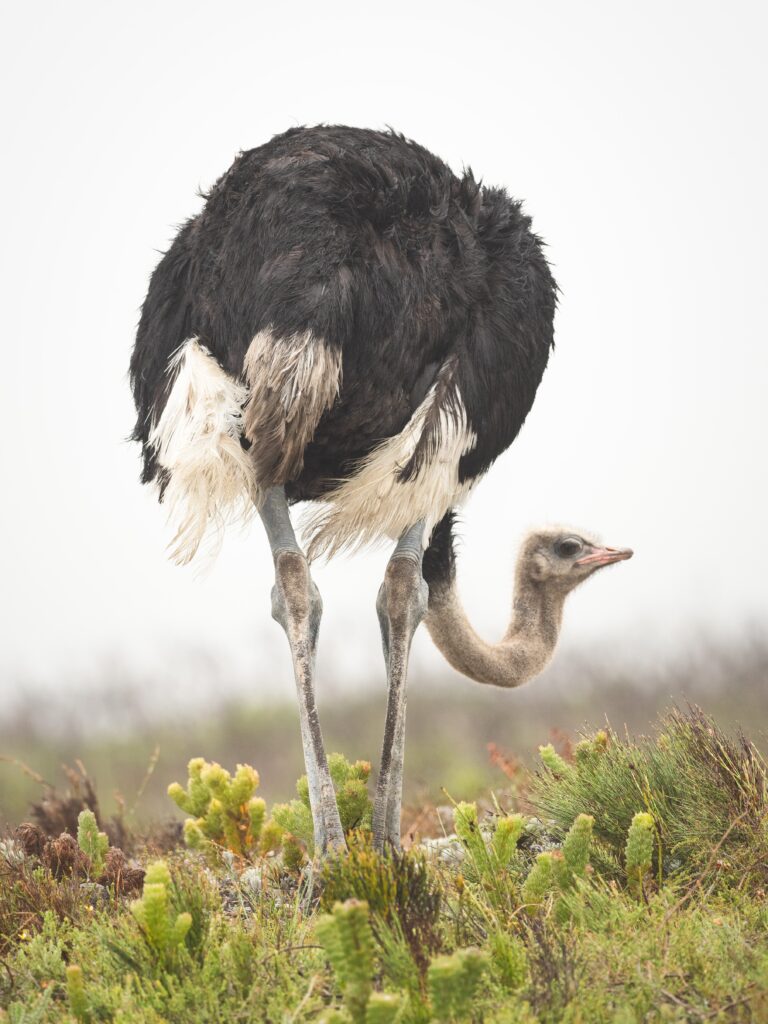
the largest rodent: The capybara
Rodents are things like rats, mice and hamsters. But the largest rodent is actually the capybara. I’m going to say it right for the off. Capybaras are cute. Just look at the picture if you don’t believe me!
I first came across these rodents at the Yorkshire Wildlife Park in Doncaster where they were playing with each other. You really had to be there, but it was adorable and I spent at least 30 minutes standing and watching.
Like all rodents, the Capybara’s teeth are constantly growing so they have to keep them filed down by eating. They eat tough grasses to keep their teeth at a reasonable size. Because this is the not-so-romantic blog I do have to tell you that capybaras eat their own poo to make sure they get all the nutrients out of the tough grass they are eating.
They are very comfortable in the water thanks to their webbed feet and can stay underwater for up to 5 minutes- apparently, they even sometimes fall asleep. But don’t think you’ll beat them in a race just because they’re on land. They can run as fast as a horse when out of the water.
They live for up to 10 years, can weigh about as much as adult humans and are really closely related to guinea pigs- I suppose they do look a little bit like giant guinea pigs. They live mostly in South America- in fact everywhere in South America apart from Chile. Perhaps they take the name literally and don’t want to get cold.
It’s also noted that other animals like sitting on them. Obviously, these are smaller animals like birds. Let’s hope elephants don’t decide they’d like to use Capayara’s as a sofa.
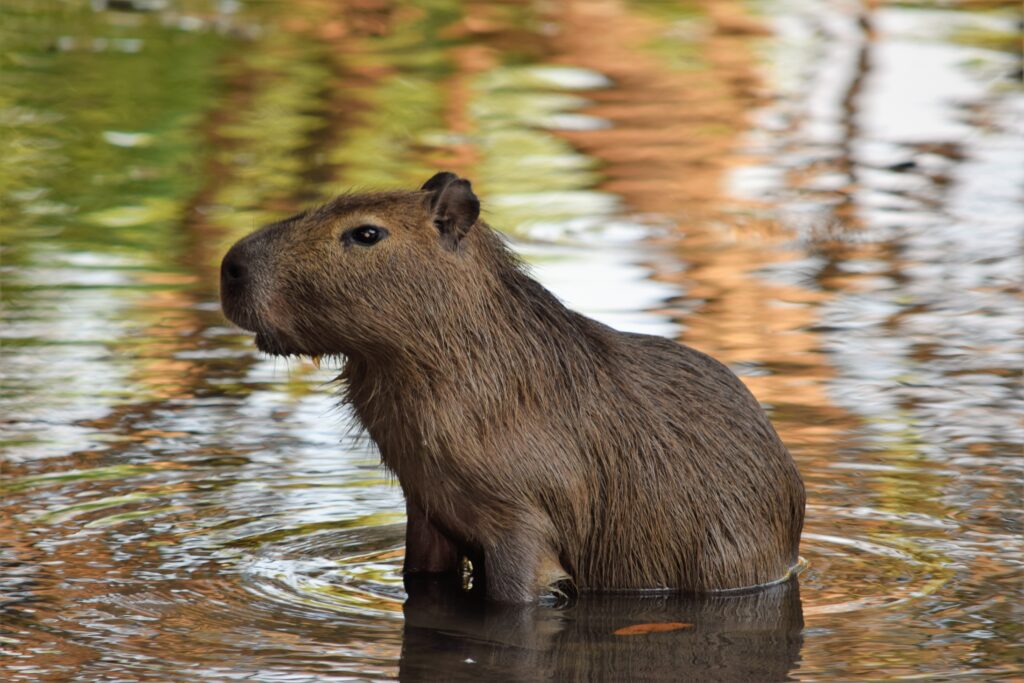
the largest fish: the whale shark
Let’s get this sorted out straight away. Whale sharks are sharks, not whales. I don’t know if it’s argued or contested but at least now we are all on the same page. They are sometimes known as the “gentle giants” though. BFG eat your heart out.
Sadly most whale sharks don’t live to be adults- maybe around 10% make it- but those who do make it can live a very long time. Some whale sharks are thought to be over 150 years old!
The reason for this is that whale sharks are terrible parents. The mother gives birth to a baby whale shark and then abandons it to fend for itself.
They have a mouth which can stretch four feet wide but really small teeth (3000 of them- not that I’ve counted) so they actually struggle to eat anything bigger than plankton or small shrimp. A whale shark is something called a “Filter feeder”. They open their mouths and swim about. Water, and small fish, float into their mouths.
Once they’ve sucked water (and hopefully some food) into their mouth, they close their huge mouth and then push the water back out through their huge gills, which act like a sieve. The food gets caught in the sieve and the whale shark eats. They have to eat a lot of food in order to survive.
Whale sharks are slow swimmers at just 3 miles per hour. But in 3 years they do travel around 8000 miles (I walked 1928.87 miles in 2021 for comparison). They can also dive up to 1000 metres below the surface of the water which is a long way down.
The saddest of all is that whale sharks are endangered. Not because they are being eaten by other animals but because of humans!
Humans are destroying the oceans, with plastic pollution. A whale shark will suck in plastic bags which will get caught in their gills. There is also a horrific demand for shark fins and shark meat, so they’re being hunted.
When only 10% of a species survives until adulthood, humans then hunting them isn’t going to help the species survive.
Do me a favour and don’t be one of those people.
The final thing I’ll share about whale sharks is that they have unique pattern spots which are like human fingerprints (not that they’re fingers or anything) but the unique pattern spots help the whale sharks be identified.
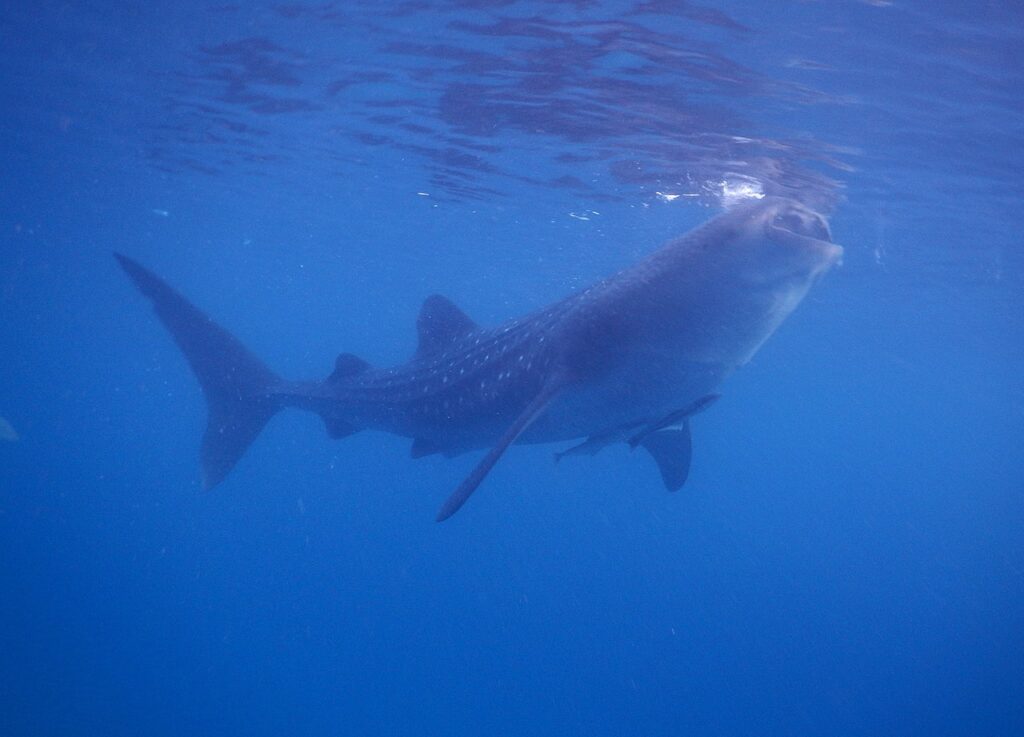
the largest insect: the titan beetle
This one isn’t for the faint of heart- I should perhaps give a trigger warning if you don’t like insects. Deep in South America is the Titan Beetle, a beetle which can grow up to 6.5 inches long (16.5 centimetres) … I know what you’re thinking… gross. And, trust me, it’s what I’m thinking as well.
Whilst there are insects of a similar size, in particular the Hercules beetle, the Titan beetle has the largest body rather than most of its length coming from a horn, hence why it’s often classed as the largest insect.
Honestly, it kinda creeps me out, let’s not talk about it.
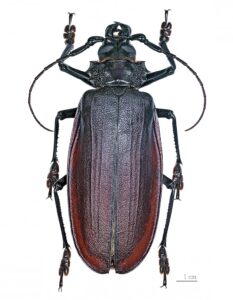
the largest land mammal: The elephant
Before anyone gets upset that I’m calling the elephant the largest mammal read the title again. The elephant is the largest land mammal. It’s also actually the largest land animal from all the animal categories.
To be specific the largest elephant is the African bush elephant. How do you tell elephant species apart? Their ears. (Bet you thought I was going to tell a joke- I wanted to, I just couldn’t think of one.)
Actually- I do have an elephant joke. What do you get if you cross an elephant with a fish? Swimming trunks. (I don’t know about you, but I laughed as I wrote it).
Elephants eat fruit, grass, roots and bark and can eat up to 130kg (roughly 300 pounds) of food a day. That’s about the same weight as a pool table or a female grizzly bear.
Though my favourite fact about an elephant is that they recognize themselves in the mirror- which not many animals do.
Elephants often have mud paths which help protect them from the harsh sun and get rid of bugs that might be calling their bodies home.
Elephants have around 150,000 muscle units in their trunk. They use it as a snorkel when they swim, drink water through it and have even been seen to peal a peanut before eating it. Now that’s a party trick.
They are thirsty creatures and can drink up to 2000 litres of water a day.
The tusks are huge grown incisors which are constantly growing. They help the elephant scrape bark off the tree. They start to grow when they get to about 2 years of age.
Speaking of age- a baby elephant can walk after just 20 minutes of being alive. More evidence human babies are useless- we just sit and drool for six months.
Elephants can communicate through body language (much like humans do), through the trumpet sounds they make and through vibrations. That’s right, vibrations! The vibrations of the ground are felt in their bones and they use it to talk to each other.
Horrifically around 90% of the African elephant population has been wiped out over the last 100 years. Hunters want their ivory tusks to trade. 20,000 elephants are killed worldwide in a single year.
I repeat my point from earlier- don’t be one of those people.
Elephants are beautiful, intelligent and an important part of the Planet’s ecosystem so help protect them.

the biggest reptile: Saltwater crocodile
Definitely an animal you wouldn’t want to meet in a dark alley well, any alley actually.
The seawater crocodile has the title of the largest reptile (I know snakes are also reptiles but I’m counting them separately for this particular list).
In fairness to crocodiles, many are quite docile and would rather ignore and avoid human contact- one of those, you stay out of my way and I’ll stay out of your way situations. They are probably the oldest animal to still be around on the Planet- the first generation of the seawater crocodile appeared around 240 million years ago when dinosaurs still roamed the planet.
The largest seawater crocodiles have been 7 meters long and have weighed up to 1000kg.
They have 66 teeth and the strongest bite pressure in the world- they’d pop a human skull like it was a grape. They basically eat everything, whatever is stupid enough to get too close. They also only eat when they aren’t underwater as they can’t swallow when they are underneath the water’s surface.
They are able to live to the ripe old age of 70.
Spookily they sleep with one eye open (literally!). When they sleep they only shut down half their brain so the other half stays active and alert for any dangers. This is called unihemispheric sleeping.
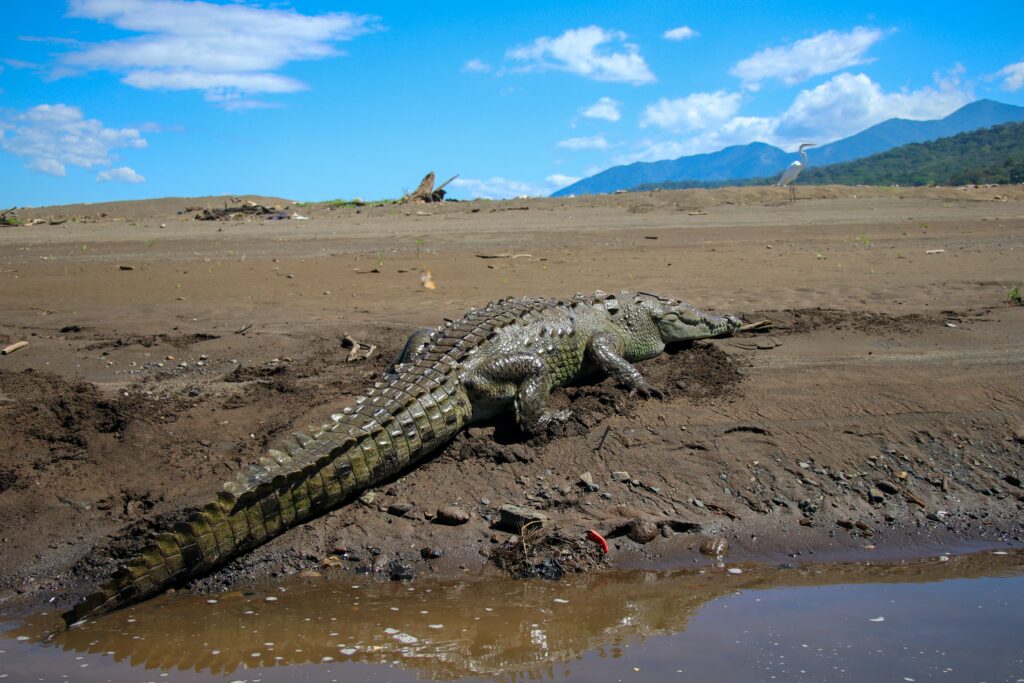
snakes:
Snakes, no matter how big or small, give me the creeps. I would probably say they are the animal I fear the most. One of my most frightening memories was when some animal person bought a snake to visit the school assembly. To this day- my old P.E teacher says it’s the fastest he ever saw me run.
It’s difficult to know which is the biggest snake, as it depends on your definition of the biggest. Is it height, weight, or length?
So the snake category is split into a few sections. Heaviest, longest and a few in between.
The heaviest snake in the world is the Green Anaconda, weighing 227kg and reaching around 8 metres long.
The longest snake in the world is the reticulated python- the biggest one has been 10 metres long- this means if you stood it on end the python would be taller than a giraffe.
The deadliest venom snake is the western taipan. Its venom has evolved over the years to be extremely lethal to all mammals- which include humans.
Not going to lie- I absolutely hated researching this bit of the blog.
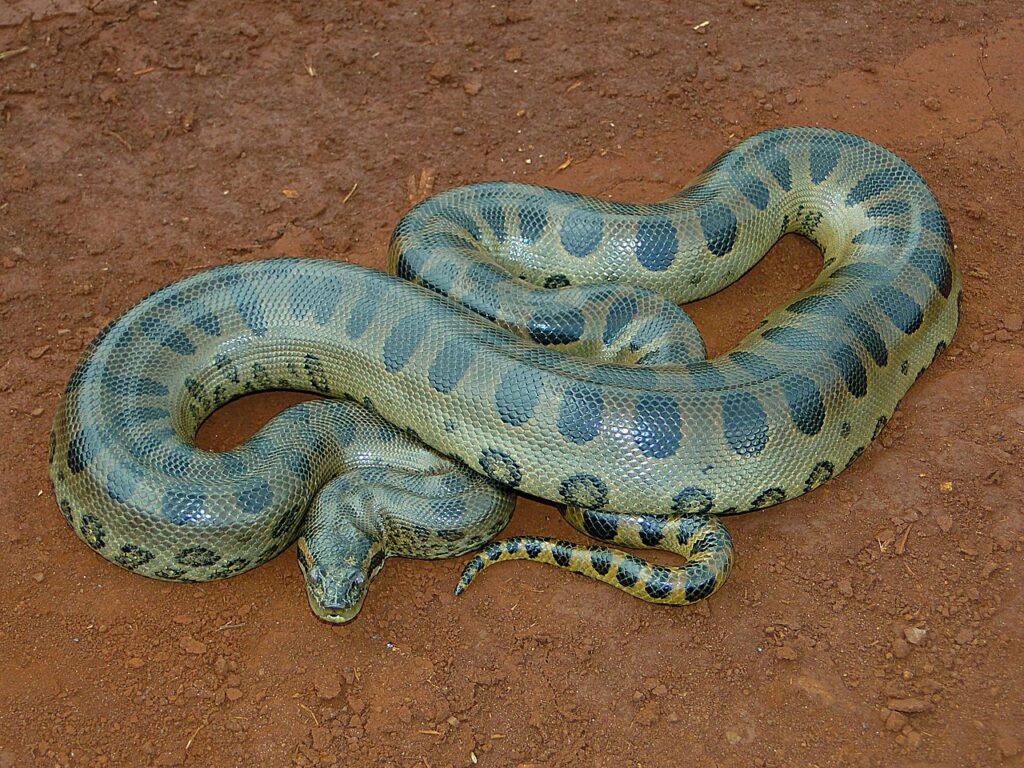
the biggest animal ever: blue whale
The blue whale is the largest animal to ever have lived so it makes sense why it is in this blog. An adult blue whale can weigh up to 400,000 pounds which is just the 33 elephants and their hearts are about the size of a car.
Oh, they’re also 98 feet long which is nearly 30 metres making it bigger than the largest dinosaur (that has so far been discovered) to have ever lived. They have a long life span with the oldest blue whale discovered being around 100 years old. To age a blue whale you count the layers of wax in its ears. (Now that is a not-so-romantic blog fact!)
They have a cruising speed of 5 miles per hour but can reach speeds of 20 miles per hour if they need to and despite being the largest animal on the planet they actually eat one of the smallest animals- plankton.
If being the largest animal ever wasn’t enough blue whales are also the loudest. We can’t hear them underwater but a blue whale groans and moans louder than a jet engine- around 188 decibels. They have an incredible sense of hearing to go with it and can hear other blue whales up to 990 miles away- talk about a long-distance conversation.
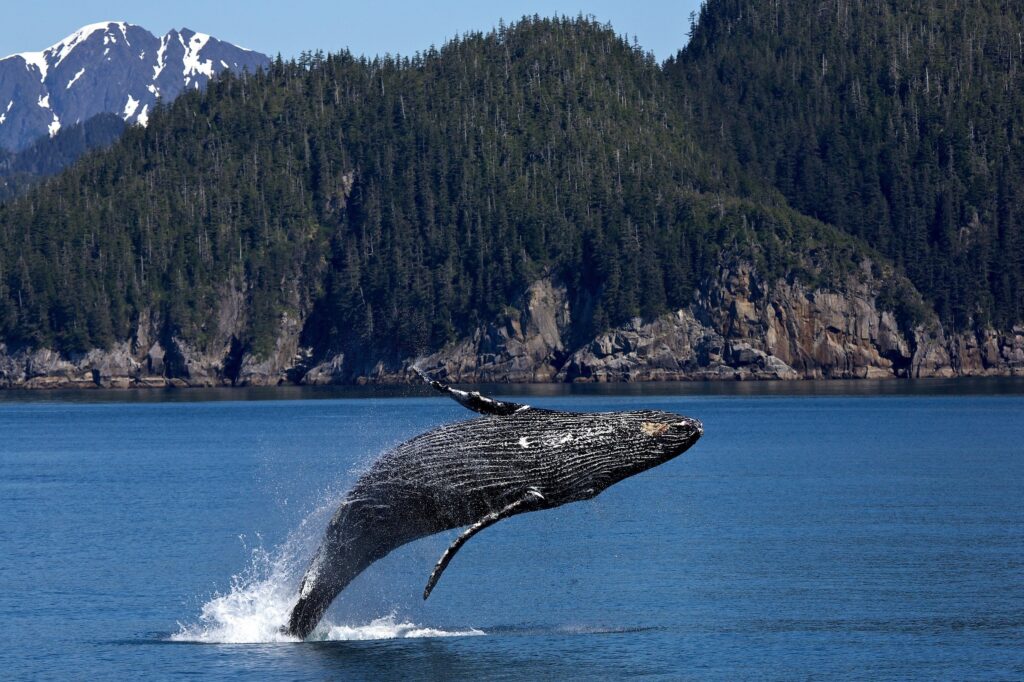
So what did you think of the biggest animals on Earth? Do you have a favourite? Let me know your thoughts in the comments below.
related blogs
Like your animal-themed blogs? Be sure to check out the ones below for some more animal goodness.
